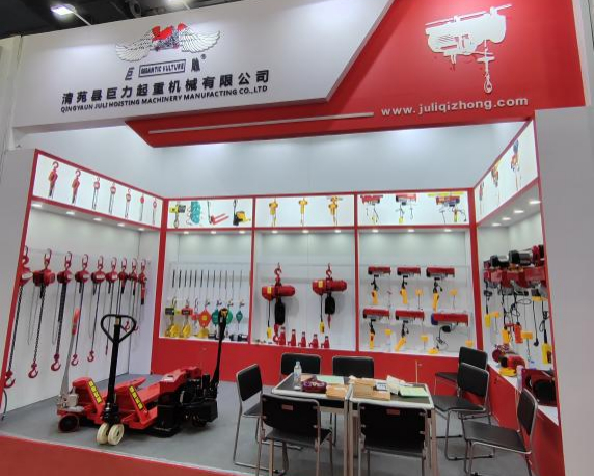


Understanding Manual Pallet Jacks The Essential Tool for Material Handling
In the world of logistics and warehouse management, efficiency and safety are paramount. One of the most essential tools that contribute to these goals is the manual pallet jack, a device that may seem simple but plays a critical role in the movement of goods. This article delves into what a manual pallet jack is, its components, how it works, and the advantages it offers in various settings.
What is a Manual Pallet Jack?
A manual pallet jack, also known as a hand pallet truck, is a manual material handling device used to lift and move pallets. These trucks are designed to help workers transport heavy loads over short distances, typically within a warehouse, stockroom, or retail environment. Unlike electric pallet jacks, manual versions rely entirely on human effort, providing an excellent option for businesses looking for cost-effective and straightforward handling solutions.
Components of a Manual Pallet Jack
A typical manual pallet jack comprises several key components
1. Forks These are the two elongated arms that slide under the pallet. They come in various sizes to accommodate different pallet dimensions. 2. Hydraulic System This system allows the operator to lift and lower the forks using a pump handle. When the handle is pushed down, the hydraulic pump forces fluid into a cylinder, lifting the forks.
3. Handle The operator uses this to control the jacking mechanism and steer the pallet jack. The handle is usually ergonomically designed to provide a good grip and ease of use.
4. Wheels and Rollers Equipped with two larger wheels at the back and rollers at the front, these components allow for smooth movement across the floor. The design of the wheels can vary, with some suited for specific flooring conditions.
5. Weight Capacity Manual pallet jacks are built to carry weights ranging from 2,500 to 5,500 pounds (approximately 1,134 to 2,495 kilograms), making them suitable for a variety of applications.
How Does a Manual Pallet Jack Work?
Using a manual pallet jack is quite simple

1. Positioning The operator maneuvers the pallet jack to align the forks with the pallet. 2. Lifting The operator pushes down on the handle to engage the hydraulic pump, allowing the forks to lift the pallet off the ground.
3. Transporting With the load elevated, the operator can pull or push the pallet jack to the desired location.
4. Lowering Once in place, the operator gently pulls up on the handle, releasing the hydraulic pressure so the forks descend and place the pallet back on the ground.
Advantages of Manual Pallet Jacks
1. Cost-effective Manual pallet jacks are generally less expensive than electric counterparts, making them a feasible option for many small to medium-sized businesses.
2. Simplicity and Ease of Use These devices have a straightforward design requiring minimal training. Most employees can be taught to operate a manual pallet jack in a short period.
3. Versatile Manual pallet jacks can handle a variety of pallet sizes and weights, making them adaptable for different products and environments.
4. Increased Productivity By facilitating the movement of heavy loads, manual pallet jacks can significantly improve workflow efficiency within a warehouse or retail space.
5. Space Saving Their compact design makes them easy to store and maneuver in tight spaces, providing a practical solution for crowded environments.
Conclusion
In conclusion, manual pallet jacks are indispensable tools in the material handling landscape. Their ability to enhance efficiency, combine ease of use with affordability, and adaptability to various environments makes them a popular choice among businesses. Whether in a bustling warehouse or a small retail shop, manual pallet jacks help streamline operations and ensure the safe and efficient movement of goods. Understanding their components and functionality is essential for anyone involved in logistics, as these tools continue to be a vital part of the supply chain.



